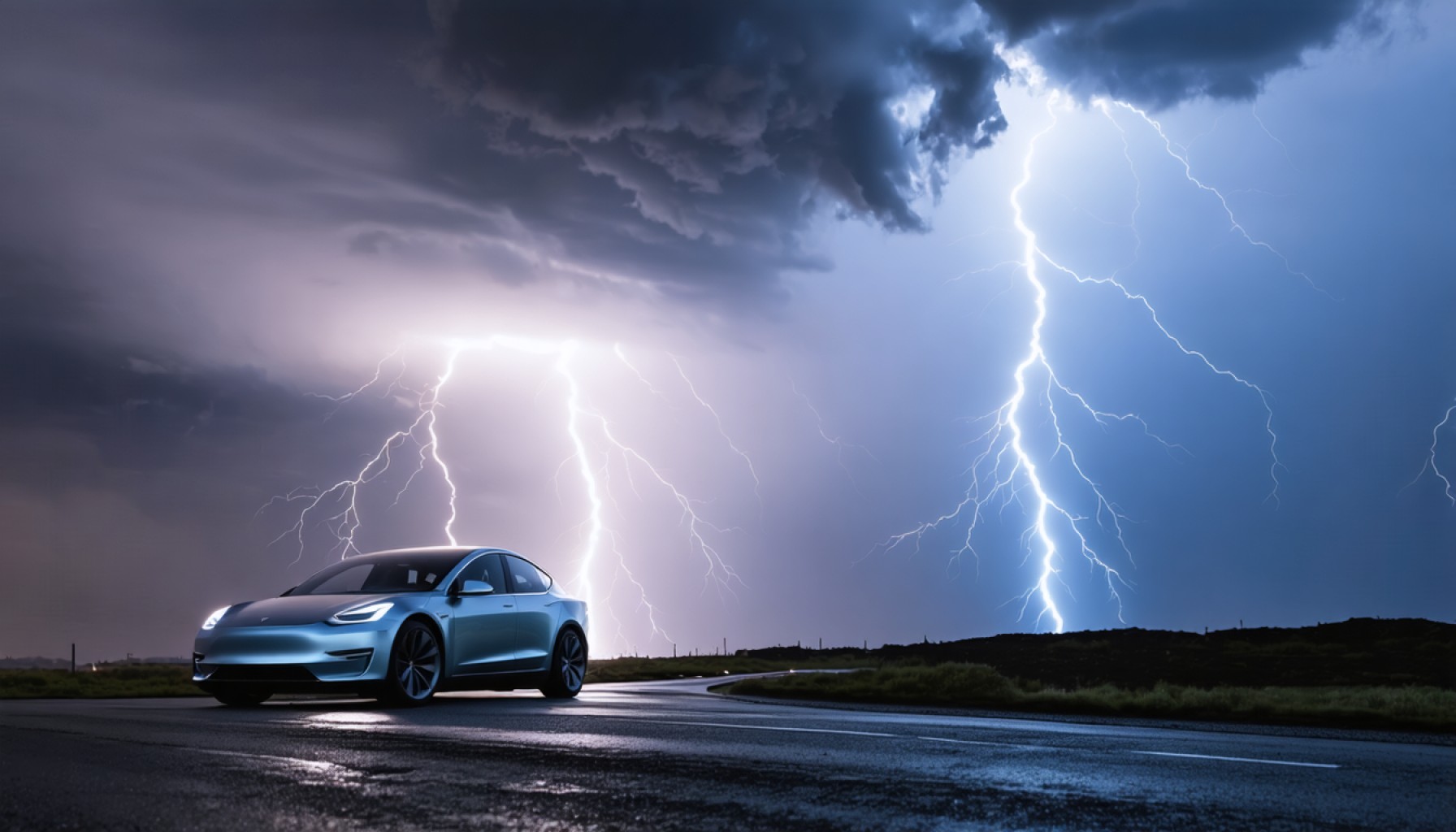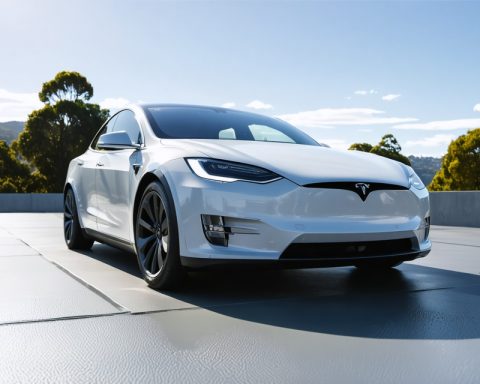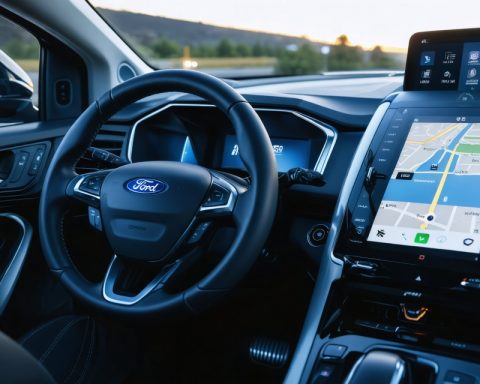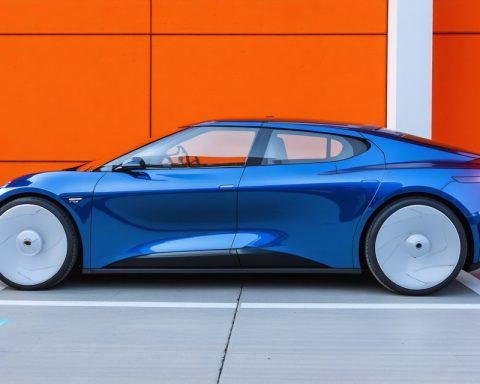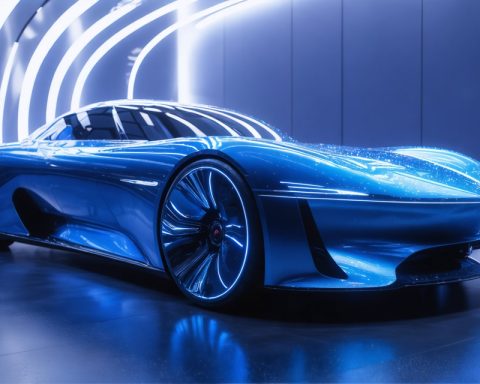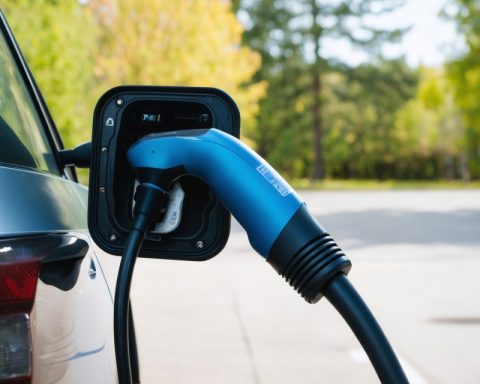- Tesla’s sales in Europe have sharply declined, with registrations dropping by nearly 50% during the first two months of the year, contrasting with a 28.4% rise in the broader European EV market.
- In France, Tesla’s sales fell by 26%, as consumers opted for local brands like Renault and Citroën, influenced by new trade policies favoring European manufacturers.
- Operational challenges, such as the closure of a German factory and disruptions in Texas and China, have compounded Tesla’s position.
- Critics argue that a lack of innovation, vehicular recalls, and reliability concerns are diminishing Tesla’s market appeal.
- Elon Musk’s controversial political engagements have potentially tarnished Tesla’s reputation, spurring consumer activism against the brand.
- Europe’s EV market grows, but faces challenges with charging infrastructure, limited incentives, and high electricity costs.
Tesla, the once unchallenged titan of the electric vehicle universe, finds itself navigating stormy European waters. Data released by the European Automobile Manufacturers’ Association paints a stark picture: Tesla’s sales in Europe have fallen off a cliff, with registrations plunging by nearly half in the first two months of the year. This tumble contrasts sharply with the broader European appetite for electric vehicles, which has expanded with gusto, enjoying a 28.4% surge over the same period.
The situation is particularly sluggish in France, where sales for Tesla sank 26% as buyers drifted toward homegrown alternatives such as the Renault 5 and Citroën C3. This movement underscores a deeper shift in consumer preference, one that is increasingly favoring local brands fortified by recent European trade policies aimed at curbing the influx of Chinese competitors like MG.
Meanwhile, Tesla has faced not only market share erosion but operational setbacks. The closure of a German factory following an arson attack and labor strife underscores wider operational hiccups. Add to this the cessation of manufacturing in Texas and China for “modernization,” and the challenges become multifaceted. Critics contend that Tesla’s reliance on its staple models—offering little innovation in recent facelifts—paired with concerns over reliability and widespread recalls, have dampened its allure in a quickly evolving market landscape.
Moreover, the narrative off the roads has not been any more promising. Tesla’s powerhouse CEO, Elon Musk, has injected a dose of political controversy into the brand’s public image. His affiliations with the contentious US political milieu have sown discord among international consumers, potentially muddying Tesla’s once-spotless reputation.
At the grassroots level, dissatisfaction has morphed into activism. Campaigns like ‘Tesla Takedown’ have sprouted, denouncing Musk’s political escapades and urging consumers to ditch their Teslas. Social media channels are abuzz with planned protests and satirical bumper stickers mocking Musk’s perceived missteps.
Beneath the cacophony, Europe’s march toward an electrified future continues. Hybrid vehicles now account for over a third of the market, surpassing traditional petrol-driven models as the continent inches knowingly toward zero-emission transport. Yet, persistent bottlenecks—insufficient charging infrastructure, tepid fiscal incentives, and high electricity costs—threaten this momentum, as warned by industry leaders like Sigrid de Vries of the ACEA.
This Tesla tale isn’t just about a company grappling with sales figures; it’s a mirror reflecting broader themes of technological change, cultural shifts, and geopolitical impacts on global commerce. Tesla’s European chapter remains unwritten, caught between past triumphs and present turbulences. The resilient electric car giant must now weather the squall or risk a bleak horizon, as the traffic on Europe’s electric highways roars around it.
Is Tesla Losing Ground in Europe? What You Need to Know About Its Challenges and Future
Tesla’s recent challenges in the European market have sparked a flurry of questions about its future in the region. Let’s explore several key facets surrounding Tesla’s current predicament and broader implications for the electric vehicle (EV) industry.
Tesla’s Sales Decline in Europe: Beyond the Numbers
– Sales Decline Statistics: Tesla’s registrations in Europe dropped nearly 50% in the first two months of the year, starkly contrasting with a 28.4% increase in the overall EV market. This suggests competition and changing consumer preferences.
– Local Competition: French buyers are gravitating toward homegrown brands such as the Renault 5 and Citroën C3, largely due to European trade policies that favor local manufacturers over foreign entrants, including emerging Chinese brands like MG.
– Operational Challenges: Recent operational setbacks include a temporary closure of a German factory due to sabotage and labor disruptions, highlighting vulnerabilities in Tesla’s European operations.
Broader Trends in the Electric Vehicle Industry
– Growing EV Demand: The overarching demand for electric vehicles in Europe continues to surge. However, Tesla’s declining market share suggests that the competition is becoming more fierce, with innovative offerings from both legacy automakers and new entrants.
– Infrastructure Bottlenecks: Industry experts, such as Sigrid de Vries from the ACEA, warn about the challenges of inadequate charging infrastructure and high electricity costs, which could hamper Europe’s electrification aspirations.
Musk’s Influence and Political Controversies
– Impact of Elon Musk’s Image: Elon Musk’s political affiliations and controversies have had a tangible impact on Tesla’s brand perception, especially among international consumers who may have different political leanings.
– Consumer Activism: Movements like ‘Tesla Takedown’ highlight growing consumer activism against Musk’s political stance, which could lead to further brand erosion if not addressed.
Navigating the Future: Tesla’s Strategy and Innovations
– Innovation and Model Refreshes: Critics argue that Tesla’s focus on staple models with minimal innovation in recent facelifts has reduced its appeal. To regain traction, Tesla may need to accelerate the introduction of new models and cutting-edge features.
– Strategic Recommendations:
– Enhance Local Partnerships: Strengthening relationships with European suppliers and partners could help Tesla navigate geopolitical and trade challenges.
– Expand Charging Infrastructure: Investing in charging networks could alleviate consumer concerns about infrastructure gaps.
– Diversify Product Line: Introducing new models and innovative technologies can reinvigorate Tesla’s presence in competitive markets.
Market Predictions and Forecasts
– Growth Trajectories: Despite current challenges, the global EV market is expected to continue growing, with projections indicating that EVs could account for up to 30% of all vehicle sales by 2030.
– Tesla’s Adaptation: For Tesla to remain a leader, adjusting its strategy to accommodate local consumer preferences and regulatory landscapes in Europe is crucial.
Actionable Tips for Potential EV Buyers
– Consider Local Brands: Evaluate local EV offerings, which may provide advantages in terms of pricing and alignment with regional policies.
– Stay Informed on Incentives: Remain updated on government incentives for EV purchases, which can significantly lower the effective cost.
– Test Infrastructure Feasibility: Assess the availability of charging stations in your area to ensure convenience in daily use.
For those interested in diving deeper into the global EV market trends, visit the ACEA for comprehensive insights and industry analyses.
